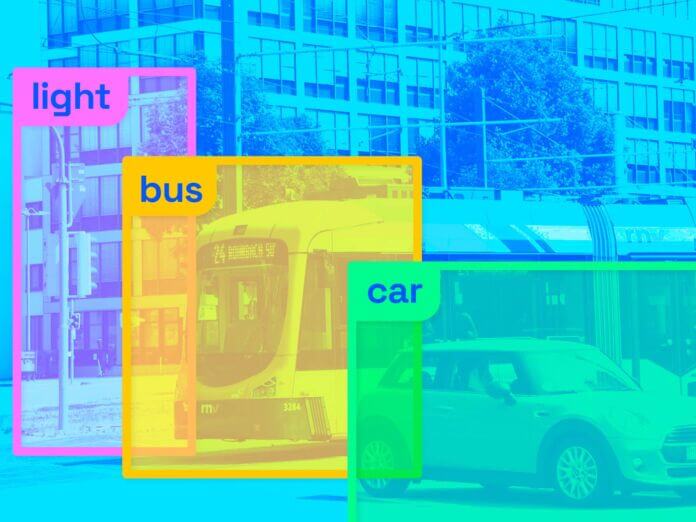
The digital universe as we know it has been significantly reshaped by the marvel of modern technology that we call Artificial Intelligence (AI). Among the many applications of AI, one stands out as particularly intriguing – Image Classification. This fascinating application capitalizes on the prowess of AI to sort images into categories, based on identifiable patterns.
Image Classification, in essence, is the heart of Computer Vision, equipping AI systems to understand and categorize visual data. These systems become adept at identifying diverse objects, animals, or scenes, through meticulous training using vast collections of labeled images. Much of this impressive feat is accomplished using Convolutional Neural Networks (CNNs), a unique deep learning algorithm formulated for visual data processing.
Think of CNNs as a network of layers interconnected much like the neurons in our brain. They begin by picking up simple features such as edges and textures, then gradually move on to understand more complex, defining features that make objects in images distinct. This tiered learning process allows CNNs to slot images into specific classes, paving the way for infinite possibilities.
When AI image classification comes into play, industries undergo significant transformation. Consider healthcare, which aids in early disease detection, enabling prompt medical intervention. CNNs, for example, are highly skilled at spotting early-stage cancer signs in radiographic images, often matching or even outperforming human experts. In the automotive industry, self-driving cars heavily depend on image classification to differentiate between road signs, pedestrians, and other vehicles, ensuring safe navigation.
The retail industry also gains from AI through product image classification, simplifying inventory management, and enhancing the shopping experience via personalized product recommendations. Social media platforms, too, use AI to screen and filter out inappropriate content, ensuring a safer user environment.
While the potential of AI image classification is indisputable, it is important to acknowledge the significant hurdles it must overcome, notably dataset bias and privacy concerns. To illustrate, facial recognition technology, a subset of AI image classification, has been marred by persistent issues of racial bias. In numerous instances, these systems have shown an inability to accurately detect or recognize individuals with darker skin tones. This is largely attributed to a skewed training dataset predominantly featuring light-skinned individuals, thereby perpetuating bias in its recognition algorithms.
The advent of AI Image Classification has revolutionized how machines interact with the visual world, its diverse uses highlighting the transformative power of AI. As we further refine these advanced technologies, we see limitless potential for expansion in sectors like healthcare, automotive, retail, and more.
Tweet
Share
Share
- Artificial Intelligence
- Retail
- Artificial Intelligence
- Retail
